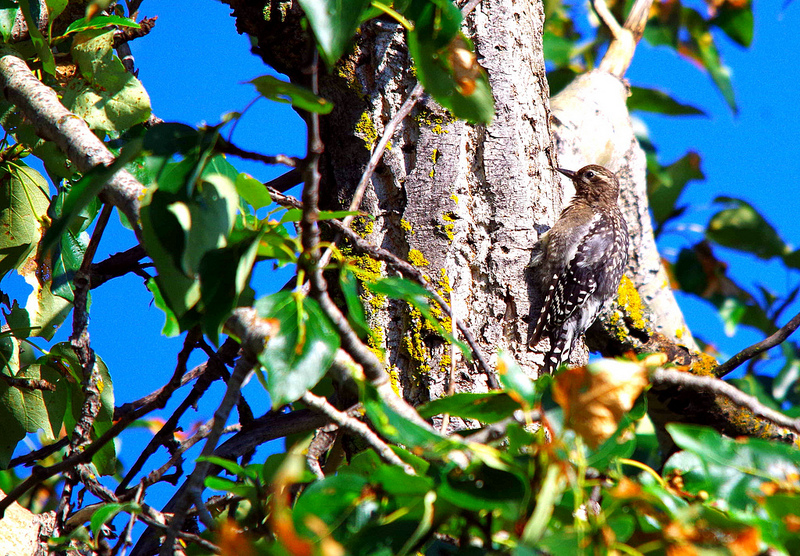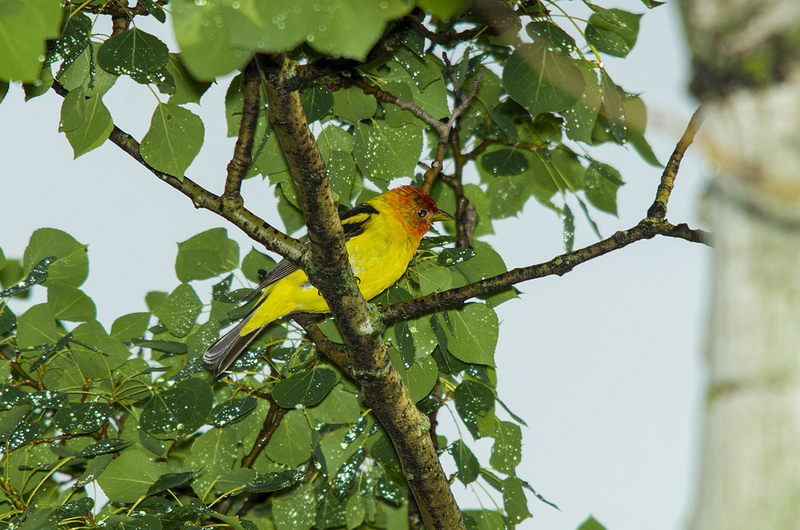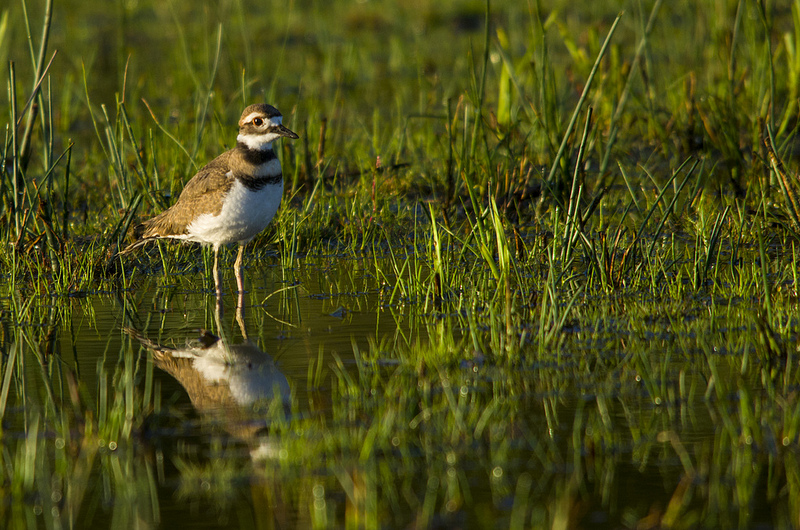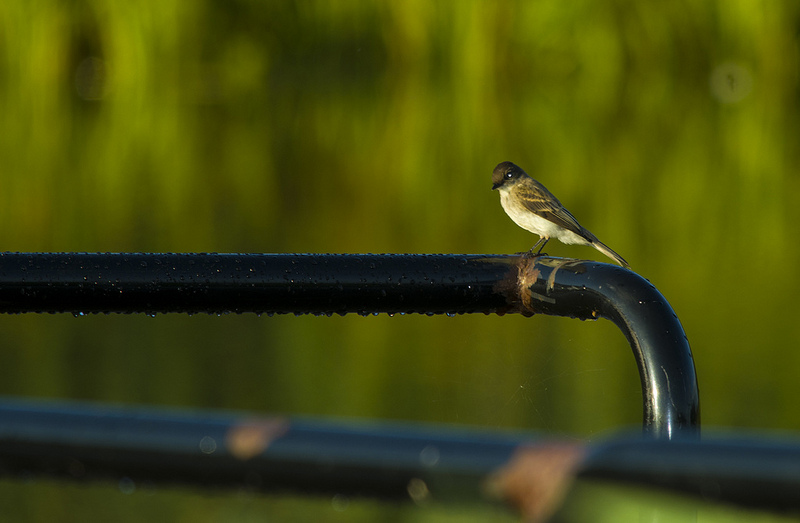Have you seen an unusual bird in Calgary?
If it is on this Reportable_Birds (PDF), please report it to the Nature Calgary Rare Bird Alert line at 403 221-4519 and leave a message after the beep at the end of the recording. If you would like some help with species identification, email us at birdscalgary@gmail.com. To report injured wildlife call the Calgary Wildlife Rehabilitation Society at 403 239-2488, or the Alberta Institute for Wildlife Conservation at 403 946-2361.
Rare Bird Alert August 23
Aug 19:
PILEATED WOODPECKER E of Bebo Grove Pk lot, FCPP, Carla Holowatinc.
Aug 20:
WESTERN SANDPIPER (1 juv), STILT SANDPIPER (250), at Hwy 799 & 338 Ave SE, Terry Korolyk.
WESTERN SANDPIPER, SEMI-PALMATED SANDPIPER (1000), STILT SANDPIPER (300), at 304 St SE 2 km S of Hwy 552, TK.
HUDSONIAN GODWIT, Weed Lake at Langdon, TK.
Aug 21:
MOURNING WARBLER juv, Glenfield, FCPP, TK.
CALLIOPE HUMMINGBIRD juv, AMERICAN REDSTART (20), Confederation Pk, Bill Wilson.
Aug 22:
BLACKBURNIAN WARBLER juv, MAGNOLIA WARBLER, SWAINSON’S THRUSH (2), PILEATED WOODPECKER,Glenfield FCPP, TK.
TOWNSEND’S WARBLER, Confederation Pk, Keith Sharke.
BLUE-HEADED VIREO, PHILADELPHIA VIREO, MAGNOLIA WARBLER Confederation Pk, BW.
CONNECTICUT WARBLER, BLUE-HEADED VIREO, Confederation Pk, David Pugh.
OLIVE-SIDED FLYCATCHER, RUBY-CROWNED KINGLET, IBS, Nature Calgary trip DP.
Rare Bird Alert August 20
Aug 16:
COOPER’S HAWK (2), SHARP-SHINNED HAWK, FCPP between Votier’s Flats and Bebo Grove, Al & Helga Borgardt.
PACIFIC SLOPE FLYCATCHER at Confederation Park, Bill Wilson.
OVENBIRD, AMERICAN REDSTART (4), IBS, Matthew Sim.
CONNECTICUT WARBLER (2), PHILADELPHIA VIREO (3), OLIVE-SIDED FLYCATCHER (2), IBS, Dan Arndt.
RUBY-THROATED HUMMINGBIRD, juvenile, and an unidentified hummingbird, in her yard in Southview, Carol Coulter.
Aug 17:
CONNECTICUT WARBLER, Hull’s Wood, FCPP, MS.
SAY’S PHOEBE, Lefarge Meadows, MS.
Aug 19:
AMERICAN REDSTART (6), Confederation Park, BW.
WESTERN SANDPIPER, 1 at NW corner of Weed Lake, 1 at Langdon Corner Slough,Andrew Hart with NC field trip.
HUDSONIAN GODWIT, E side of Weed Lake, as above.
SANDERLING, S end Weed Lake, as above.
WESTERN SANDPIPER, S end of Weed Lake, Bob Storms
The next scheduled update of the Bird Alert is on Monday Aug 27.
Nature Calgary Bird Study Group
Wednesday September 5 at 7:30pm: Raptors and Friends – presented by photographer Rob McCay.
Bird Study Group meets 1st Wednesday of the month, 7:30 pm, Room 211, BioSciences Building, U of C. Contact, Andrew Hart 403-279-5209











































